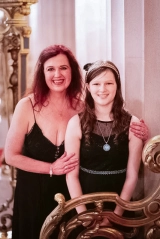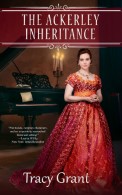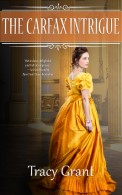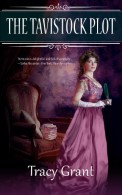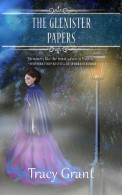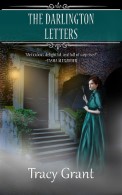As anyone who reads my blogs knows, I love opera and get a lot of inspiration from it for my writing. But much of the opera cannon was written after the era in which my books are set. So it’s a particular treat for me to see an opera that’s old enough I can reference it in my books. Mozart’s The Marriage of Figaro is one of my favorite operas. In fact I have a sequence set at a performance of it in the book I’m currently working on. The opera houses of Mozart’s day were much smaller than most of today’s major U.S. opera houses. So it was a particular treat for me recently to see a production of The Marriage of Figaro close up in an intimate venue.
The production by the B.A.C.H. (Bay Area Classical Harmonies) had a fresh, vibrant feel, thanks to an enthusiastic young cast. It was directed by Eugenia Arsenis, an alumna of the Merola Opera Program. Last week I had the chance to sit down with Jenny and talk about creating the world of Figaro, Susanna, Count Almaviva, the Countess (Rosina), Cherubino, and the other memorable characters in the piece. Jenny talked about the theatricality of opera and said that as a director she tries to focus on characters and their interactions. She explained that she used small details to underline the personalities of the characters. Such as the wedding veil Susanna is trying on in the opening scene that weaves through the story. In this production, on a spare black box set with sumptuous costumes, this attention to detail did a wonderful job of grounding the story. A single chair which Cherubino hid behind and around defined the Countess’s boudoir and brought wonderful comedy to one of the opera’s key scenes.
One of the delights of live theater is that one can observe the whole scene, instead of focusing on close-ups of the central characters. The cast in this production were a lot of fun to watch as everyone in the ensemble reacted to the intricate unfolding plot. The characters in Figaro, as Jenny pointed out, are an intelligent group. Even the Countess, who in the end forgives her chronically philandering husband (in sublimely beautiful music), does so with her eyes open. “It’s her decision to forgive him,” Jenny said. I once heard a master coach comment that in a successful production of Figaro, the audience doesn’t laugh when the Count says “Contessa, perdono,” because, though one has little faith in the future, in the moment he truly believes it. In this production, no one laughed.
The Marriage of Figaro is based on the second in a trilogy of plays by Beaumarchais (about thirty years later, Rossini turned the first play in the trilogy into his opera The Barber of Seville). The Beaumarchais plays were quite socially radical in pre-Revolution France, featuring an aristocrat who abuses his power and a valet who is both smarter and more honorable than his master. The social satire is toned down somewhat in Mozart’s opera but still there. Naturally, the opera and the plays would appeal to Charles and Mélanie. Mozart’s opera and the Beaumarchais trilogy play an important role in the Charles and Mélanie books. Mélanie’s middle name is Suzanne after Figaro’s sweetheart (Suzanne in the plays, Susanna in the opera). Colin names his stuffed bear Figaro. Charles remembers reading the Beaumarchais plays with Raoul as a boy. In Secrets of a Lady Charles thinks how he knows the precise chord in “Dove Sono”, the Countess’s aria in the opera in which she mourns the lost happy days early in her marriage (which seemed particularly appropriate for Mel, though the circumstances of the marriage are very different).
I emerged from this Figaro production inspired to write and actually found that I had a solved a plot problem. Writers, do you get inspirations from seeing plays/operas written in the era in which you write? Readers, do you like scenes set at the opera/theater? Does it enrich your reading experience to see performances of plays/operas you’ve read about in historical novels?
Be sure to check out this week’s Fraser Correspondence addition. It’s more Mélanie and Raoul’s coded exchange, this time his response to her letter from last week.
